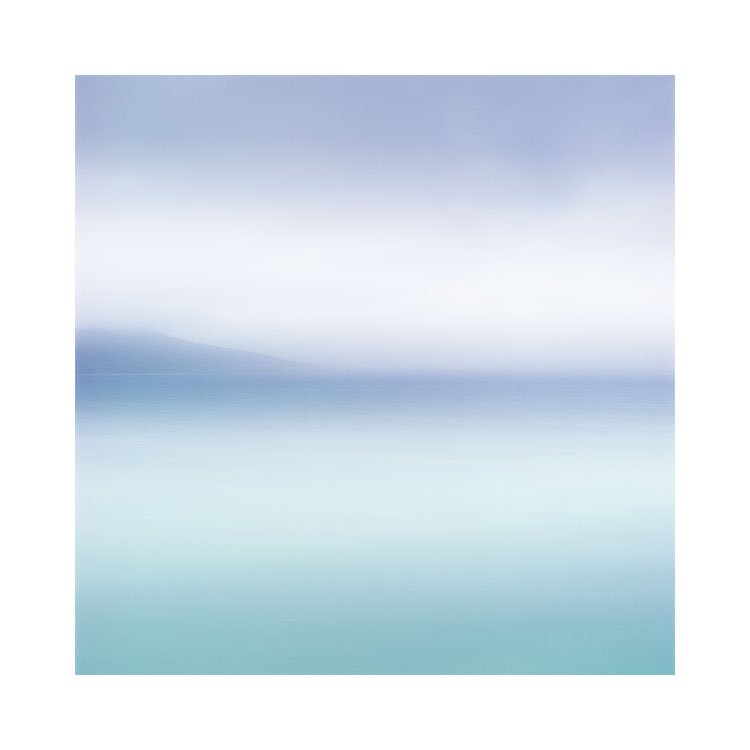I’m in Tokyo right now, and I noticed that the airport here had now introduced CT scanners for the carry on luggage.
My friend Bert sent me a link to the YouTube video below. The first half of the video is a bit of pre-amble and padding which you can skip. The other half is what you need to know about X-rays - either traditional or CT.
The upshot is that you should always ask for a hand-inspection for your film. No matter what speed. I had no idea just how much degradation happens each time (even a low ISO) film is passed through a scanner. Subtle colour shifts and lack of contrast / shadow detail are the main things for traditional x-ray machines. But CT-Scanners are more damaging for just a single pass.
This may mean you have to plan your flights: Heathrow for instance has zero tolerance for asking for a hand-inspection for instance. I tend to avoid the bigger airports when I can.
If you want a quick summary, this is how I see it:
With Regular X-RAY scanners, it is best to ask for a hand search whenever possible. Avoid lead bags as they will boost the X-RAYs. Travel with ISO’s less than 400.
With CT-Scanners, surprisingly, there is less to worry about in terms of salvaging your films. There is no ‘oscillation wave’ across the films from the scans, which is impossible to remove. What you do find instead is a loss of shadow detail in your films. The upshot is : get the films hand inspected, or perhaps better, find a local film processor to process the films for you.
What I did take away from most of this review, was that film is compromised at some level when scanning through an airport.
I had always been worried that my films might be unusable. I thought that was the only variable at play, but it is now apparent to me that when passing film through any scanner, you lose quality.
When you are dealing with trying to optimise your images by using the finest lenses, etc, then this just tears apart the idea of trying to maintain absolute quality: whatever you do, the final results are at the mercy of the airport scanner, and you may come home with film that is ‘poor quality’ rather than ‘unusable’.














